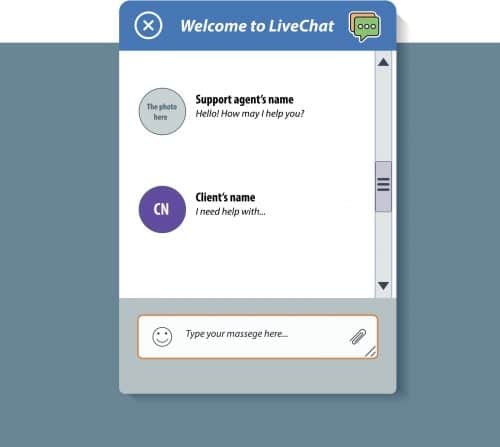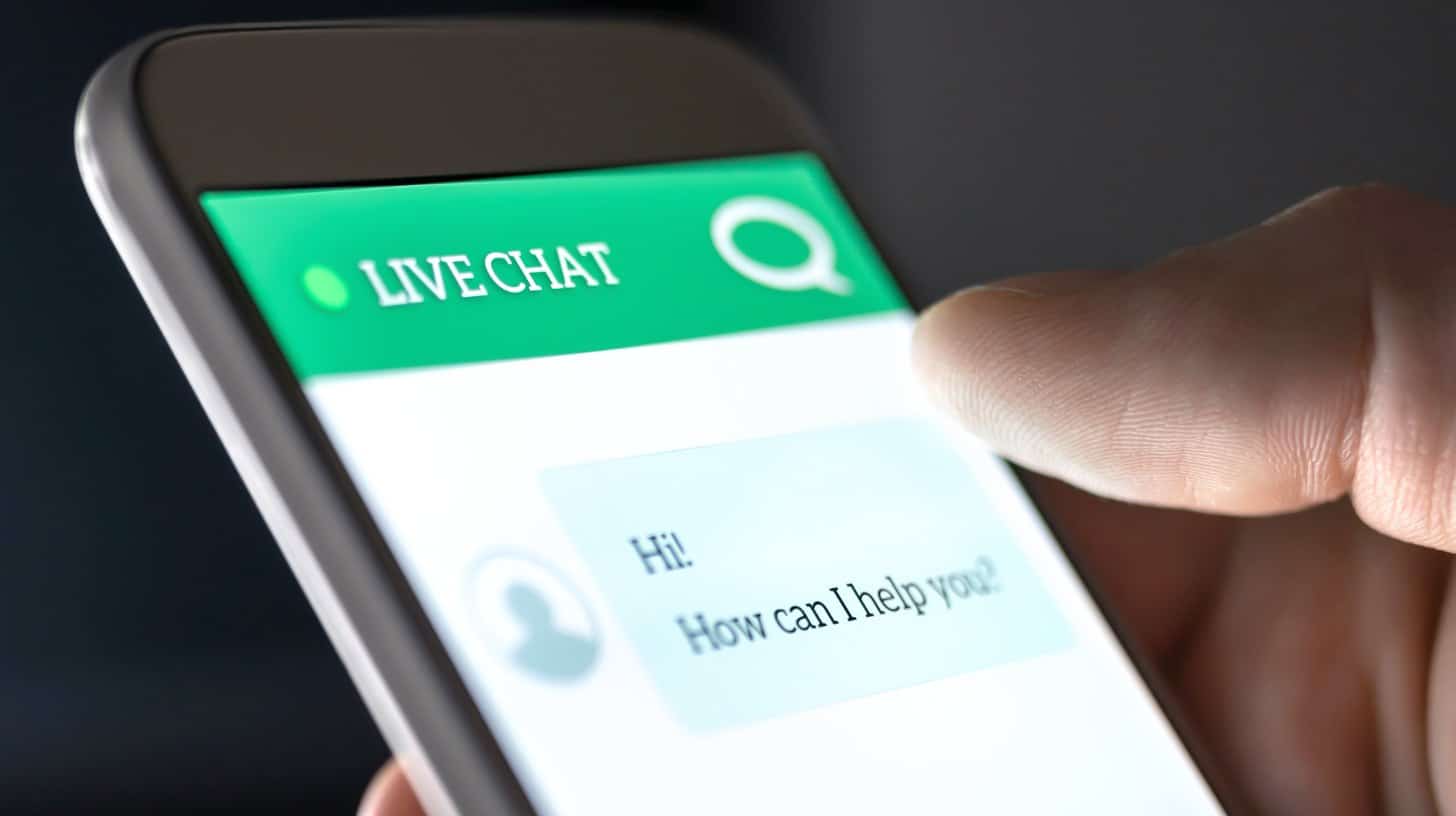For SaaS businesses, the window of opportunity is slim to convert a visitor to a lead. On average, the sales cycle for SaaS companies is 84 days. And when you take into consideration lower priced products, the timeframe is even shorter. So what’s a marketer to do to improve the SaaS conversion rate? Chatbot for SaaS is always an option.
Outside of your typical SaaS marketing efforts, which include content, email, social and paid marketing to potential and existing customers, it’s time to expand your marketing arsenal with another tool – chat.
Chatbots are everywhere and can be used both on websites or within social media channels like Facebook. They can be used for sales, marketing and customer service and retention.
The beauty of chat – whether it’s with a live agent or a bot – is that it helps potential and existing customers in the moment. It provides them with instant gratification.
And it’s perfect for marketers, too. Asking questions on chat requires little effort on a site visitor’s part, and marketing and sales can instantly qualify leads from the inquiries.
If you’re ready to incorporate chat and/or chatbot for SaaS on your site, keep reading to learn some tips for SaaS conversion rate success.
The Less Intrusive the Better When Utilizing Chatbot For SaaS

While chat is becoming more common, it has yet to hit the point of banner blindness or the automatic reflex many experience when closing pop-ups. And with it means that automated chat messages capture visitors’ attention.
Your site visitors will be more likely to read your message than ignore it.
But here’s where SaaS marketers need to proceed with caution. Chat isn’t meant to interfere with users’ experiences. It’s meant to enhance it.
Understand what content is blocked by your chat popups, when it’s displayed, and where. By conducting this extra QA step, you’ll better understand the experience of your site visitors – and whether it’s too intrusive, doesn’t stand out enough or hits it right on the mark.
Make Sure Your Agents Are Available
Along with testing out how chat visually appears on your SaaS website, another way to determine how effective your chat addition will be is to see how responsive your agents are.
Remember that site visitors are looking for their questions answered now, not two minutes from now.
Case in point: Convince and Convert recently reported that 51 percent of B2B buyers are not willing to wait to receive a response on chat.
That means that you may be losing half of your potential leads without an agent ready to talk to these users. And it will be an uphill battle trying to win them back through other marketing efforts.
Chatbot for SaaS can only help your business if your agents are actually available on chat or you have some sort of chatbot automation active to keep the conversation going.

Throw Out Generic Messages
Another key feature to chat success is personalization. For any SaaS business, it’s pertinent to send the right message to site visitors, whether they’re learning more about the product (blog posts), wanting to see how it’s helped other companies (case studies) or ready to see the product in action (free trial).
Here’s why:
“Sixty-five percent of business buyers will jump ship without personalized interactions,” says Convince and Convert.
Potential and existing customers want to see messages that are relevant to them, not a blanket message sent to everyone.
So whether you’re about to introduce chat or already have it, do your due diligence by better understanding your site visitors and send them a message that will help them along their journey rather than distract or end it.
Remove the Clunky Bot Experiences
Chatbot conversations can quickly derail when the question the site visitor has doesn’t fit within the bot’s programmed knowhow. The infamous “I don’t understand” chatbot response is one that every SaaS business should avoid. It causes customer frustration and impacts the SaaS conversion rate.
The underpinnings of chatbot for SaaS have come a long way in recent years with sophisticated AI machine learning and Natural Language Processing (NLP) underpinning chatbot applications. However, chatbots still struggle with processing a customer’s intent, leading to misinterpreted requests and responses.
With the ability to implement if/then reasoning and workflows, it is possible to build a sophisticated chatbot experience. The challenge is to effectively map visitor’s needs and queries to relevant answers and resources. It is important to continuously evaluate how the bot is operating and if it is enhancing the visitor’s experience and improving conversion.
If you are just starting out and not wanting to invest heavily in more complex flows, it’s better to quickly transition from the bot to a live agent when the realm of possibilities within the chatbot reaches its limit.
Work on the Timing
The final tip to improve the conversion is when to show your chat messages. Ever gone to a site and two or more items popped up at once? More times than not, you won’t be sure what to focus on and instead close out everything shown to you.
Multiple messages distract rather than convert. Take the extra step to ensure your chat messages don’t interfere with other popups, slide ins, etc.
Chat and chatbot for SaaS provide a huge advantage to any business seeking to improve their SaaS conversion rate. From personalizing users’ experiences to answering their questions in real time, chat is a must-have tool to improve your site’s conversion and gain more leads.


